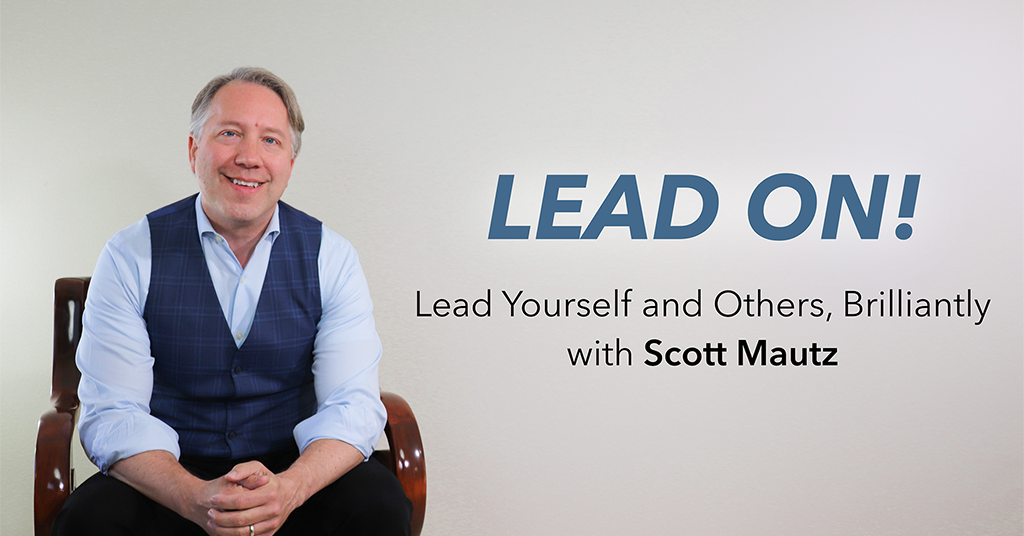
INSIGHTS (on leadership/self-leadership)
More than ever in today’s increasingly challenging environment, success requires creativity. So, what does creativity require? Surprisingly, failure. Or rather, a willingness to openly share your failures. Fascinating research from Northwestern University’s Kellogg School of Management divided groups of people into two teams, asking each team to generate ideas for unusual uses of a cardboard box. Prior to brainstorming, members on one team were asked to share stories of embarrassing failure. The other team was asked to share stories of triumph and pride. The group sharing past failures generated 26% more ideas, with those ideas spanning 15% more categories. Similar results were seen in other experiments. Why? The act of being vulnerable, lowering pretenses and defenses, and bonding over difficulties, creates psychological safety. In other words, fear of being rejected for any ideas you share is dramatically decreased given yours and others prior confessions. Thus, your mental pump is primed to take the risk in sharing more creative, “non-traditional” ideas. There’s nothing wrong with sharing successes. In so doing, though, you just don’t benefit from the collective sense of vulnerability and encouragement to take risks that comes from sharing past failures.
IMPERFECTIONS (a mistake I made)
When I was a young leader, I let my insecurity and anxiety show every now and then, in the worst form, indecisiveness. Which is unfortunate, because a 10-year CEO study shows decisiveness is absolutely vital if you want to rise fast through your organization. My bigger point here, though, is how important it is to be aware of all the ways insecurity and anxiety show up at work, and to use these telltale signs as a call to overcome your own insecurities and anxiety. What are those telltale signs (besides indecisiveness)? Research shows it’s ugly. Insecurity/anxiety also shows up as constantly seeking approval, being a control freak/not granting enough autonomy, creating rework, never pushing back or asking for help, shying away from debate, or letting fear of failure dictate too much of your behavior. Not to mention that insecurity and anxiety don’t only ruin romantic relationships. So, if any of these signs apply to you, that’s OK – you’re among the majority. It’s about letting self-awareness lead to avoidance.
IMPLEMENTATION (one research-backed strategy, tip, or tool)
US Navy bomb disposal experts inspired this three-step exercise for performing under pressure that I share in my recently released, popular course, One-Minute Habits for Success (below):
Right before your high-pressure situation, like giving a big work presentation or sales pitch, take 60-seconds to take three steps.
Step 1: Think challenge, not threat. So much of your ability to thrive under pressure is based on your mindset and your initial response to the stress that’s triggered. If you see something as a threat, your body responds in unhelpful ways like a fast-beating heart, sweaty palms, a sick feeling in your stomach, difficulty focusing. You’re imagining everything that could go wrong. And feeling anxious makes you more anxious. It undermines your ability to perform. But if you tell yourself, “I’m prepared for this challenge,” research shows you better handle the stress—your focus increases dramatically and your thoughts and emotions are more controlled. It enhances your ability to perform.
Step 2: Regulate your breathing. Even when you’re thinking “challenge” versus “threat,” some stress can still seep through—it’s human nature. Not to worry. Take a few deep breaths, slowly inhaling and exhaling through your nose. It triggers a relaxation response and settles the mind to help it focus. It really works. This is why some martial arts instructors have their students train with a mouthful of water.
Step 3: Focus on the first micro-goal. Beforehand, break your macro goal into a series of micro-goals, small steps to achieve along the way. Doing so makes the challenge feel more doable, less daunting. As you’re about to enter that high-pressure situation, focus on nailing just that first micro-goal, that first step—don’t worry about the entire outcome. Then magic happens. You achieve that first micro-goal, draw energy AND calm from doing so, your preparation kicks in, and suddenly you’re in a state of flow–thriving under pressure. Research shows succeeding at a small, initial goal in a high-stakes situation drastically decreases anxiety, increases confidence, and sharpens focus. That’s exactly what happens when I’m delivering a big keynote, for example. Right beforehand, I focus only on the first micro-goal — nailing the opening line and opening story. Soon thereafter, I’m in the flow.




Leave a Reply